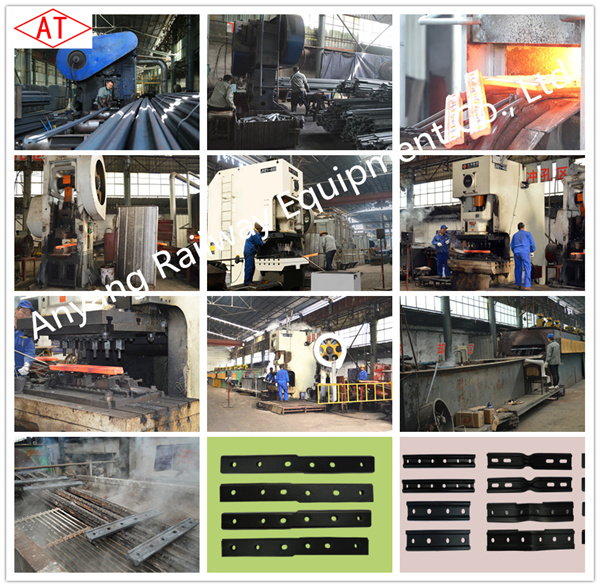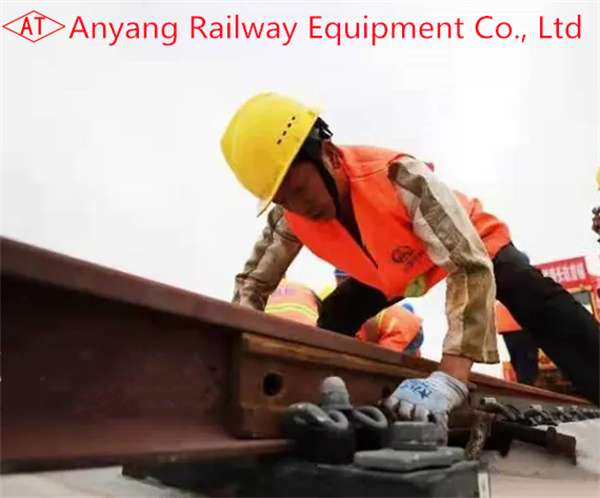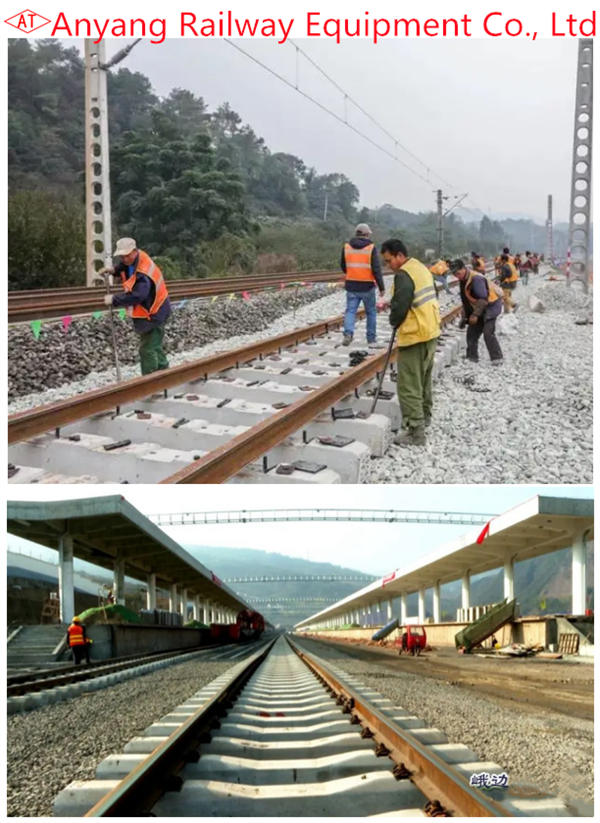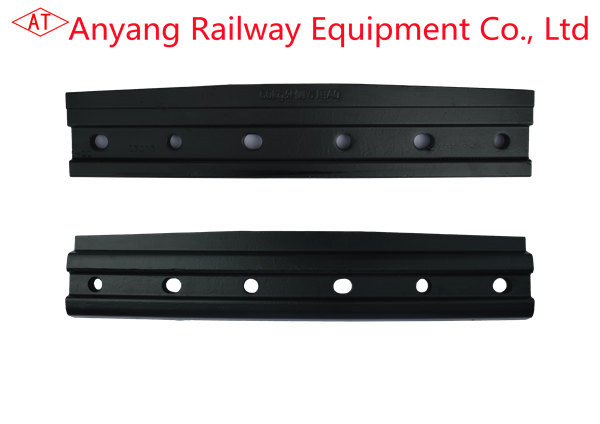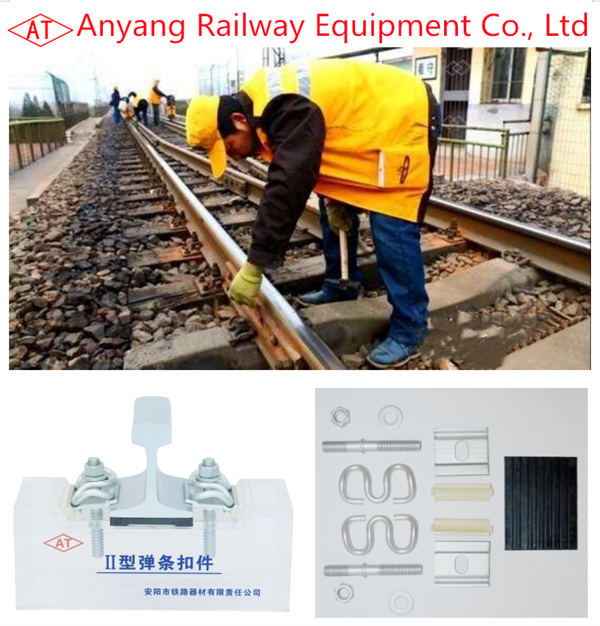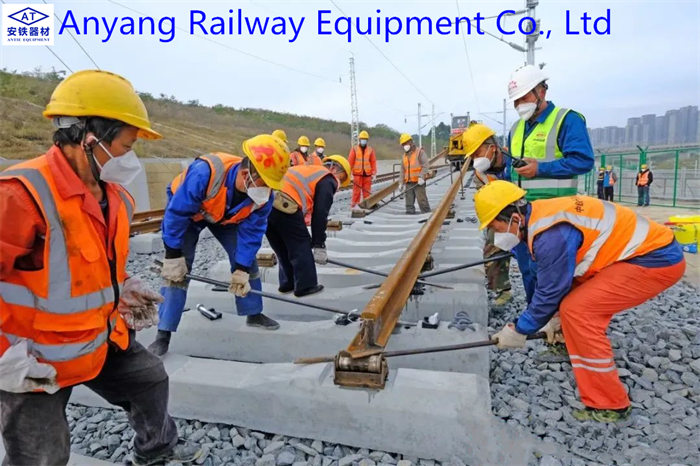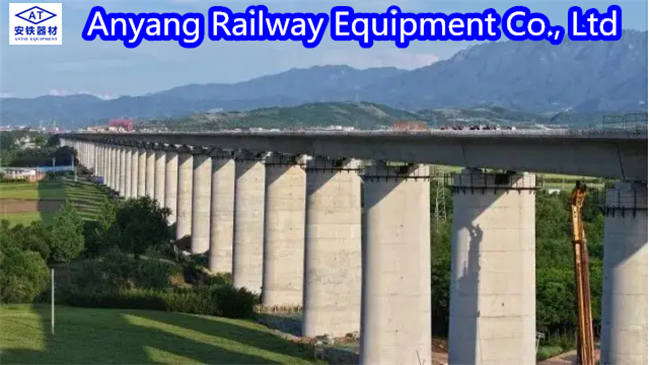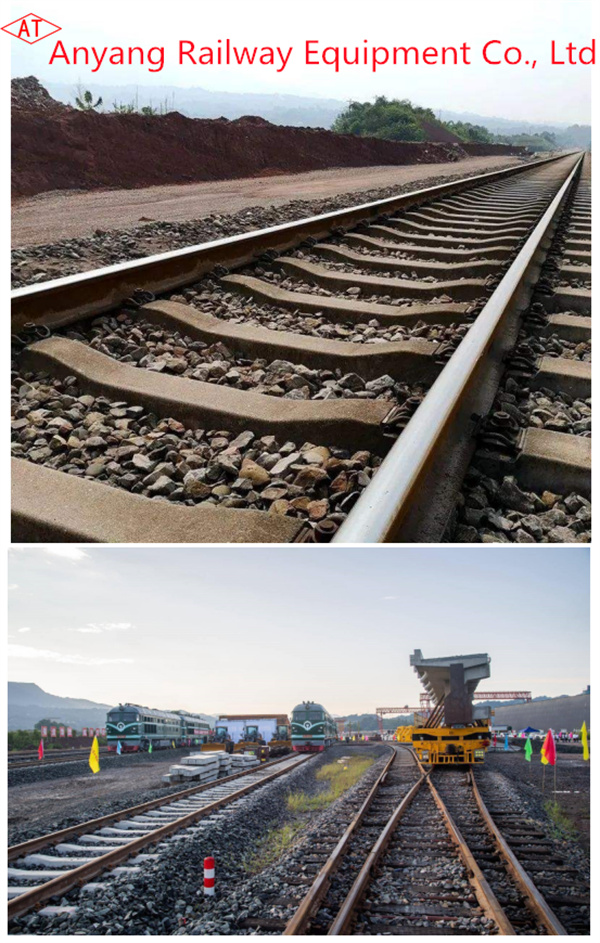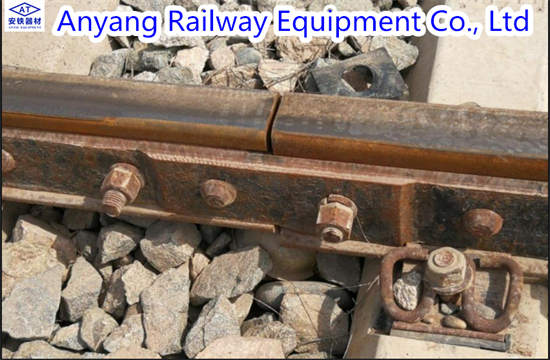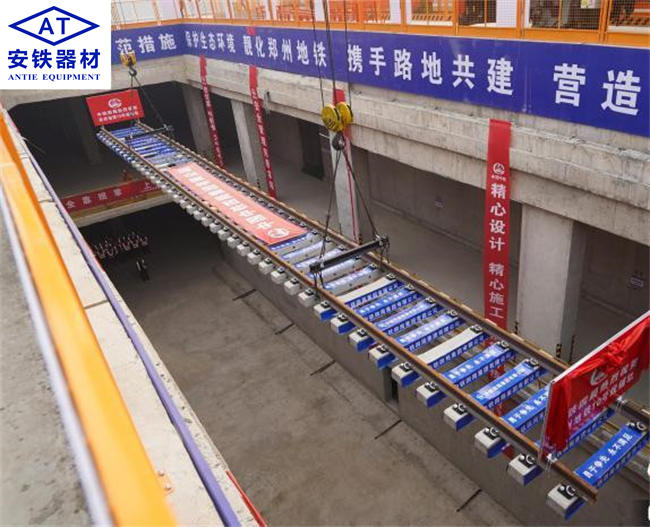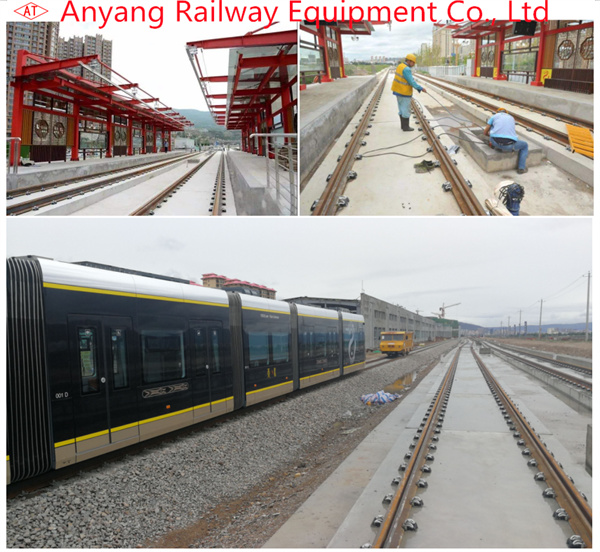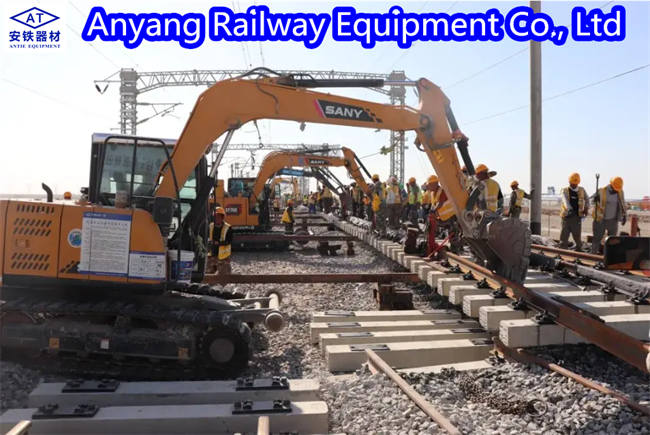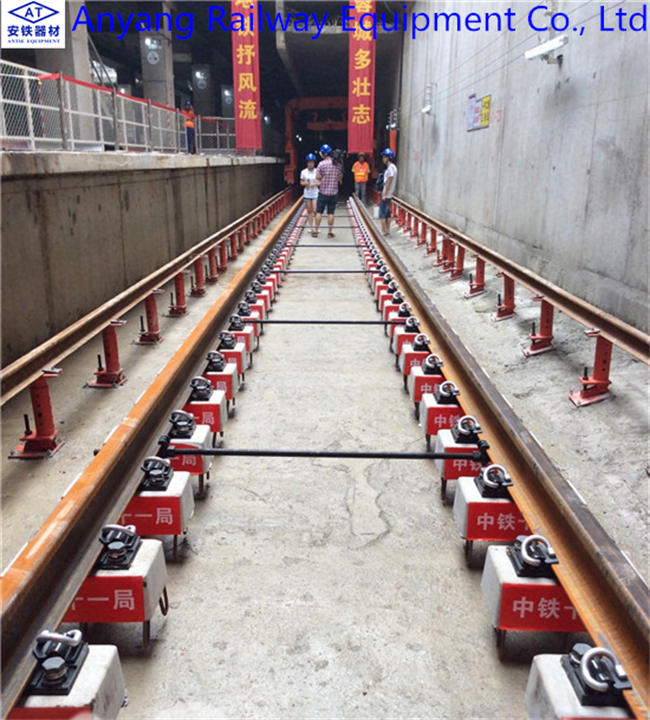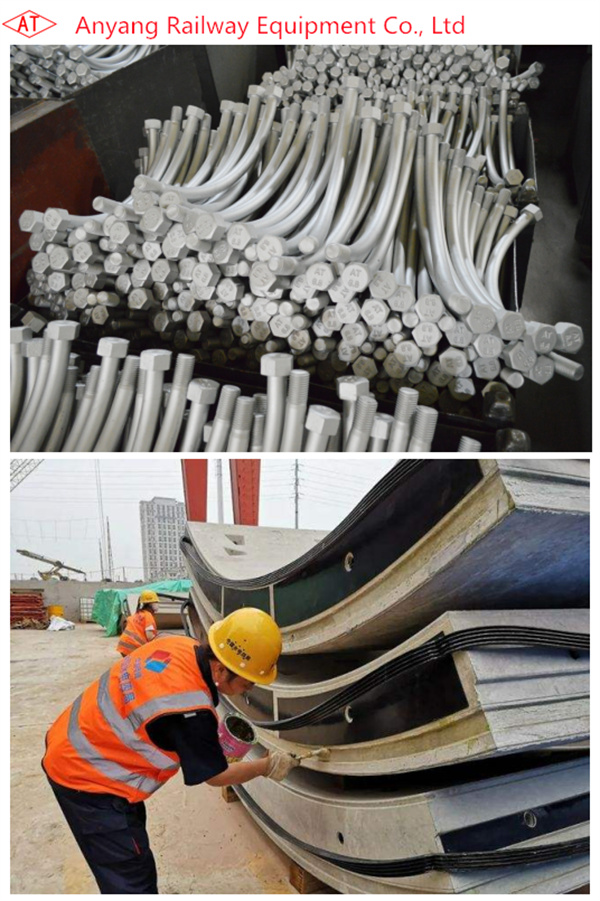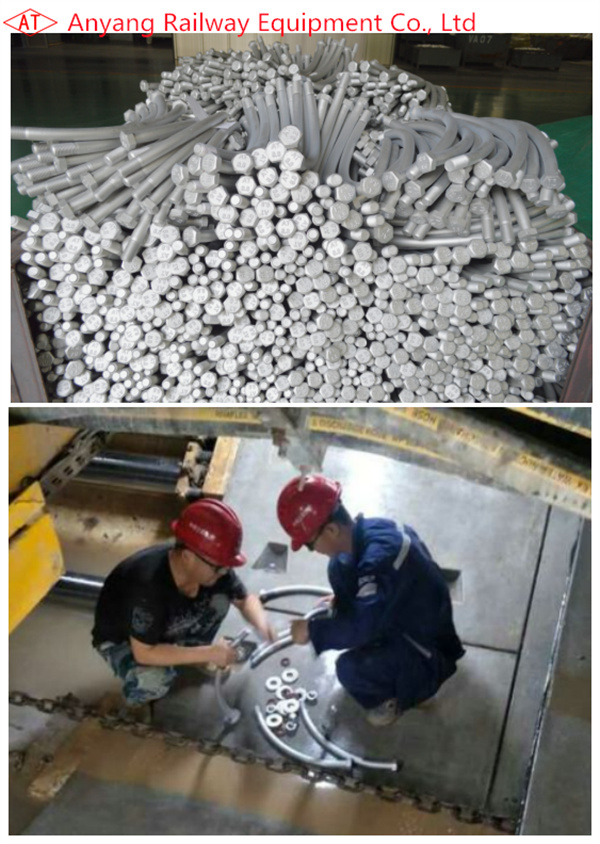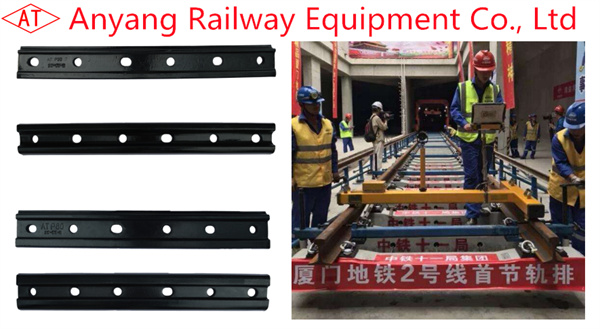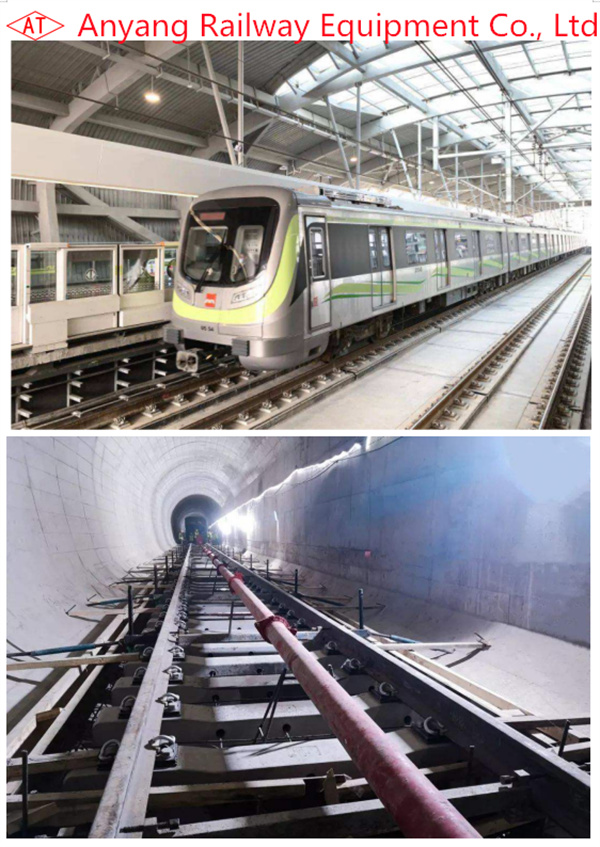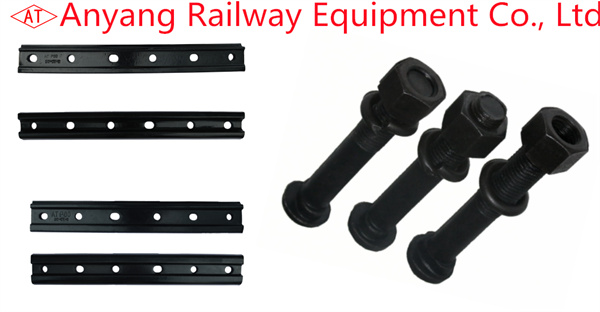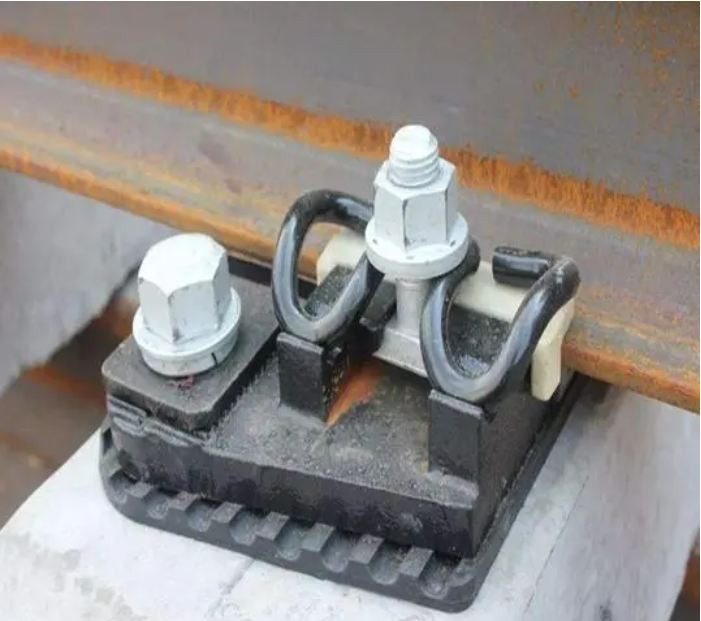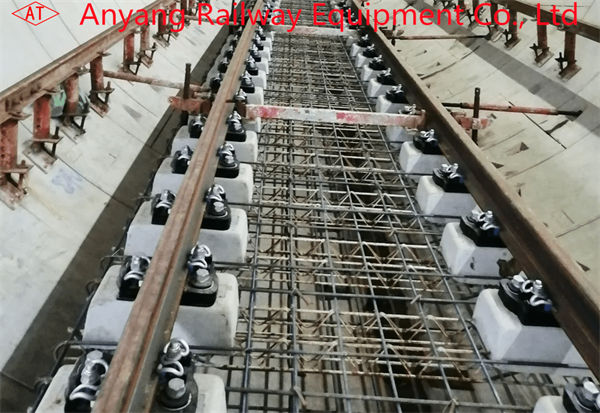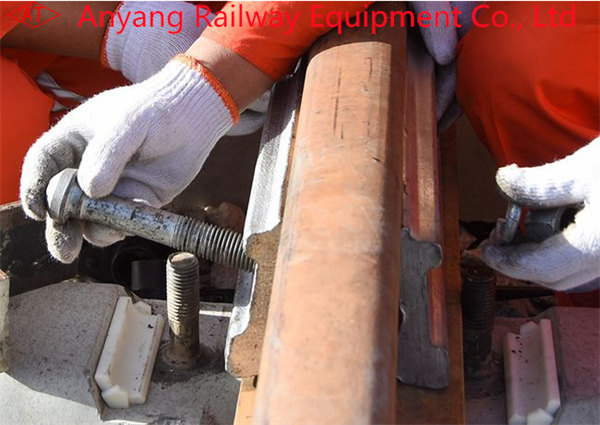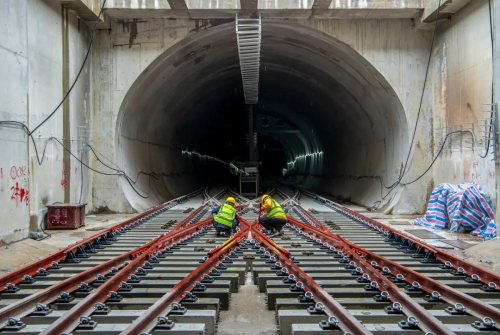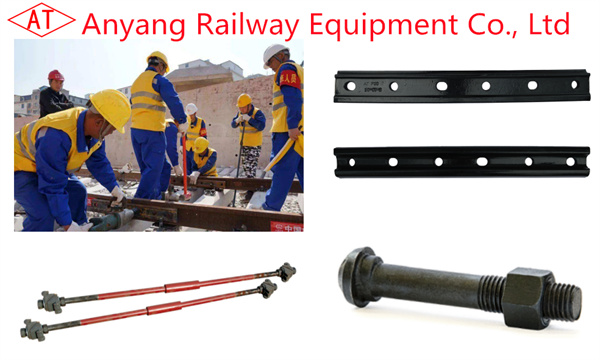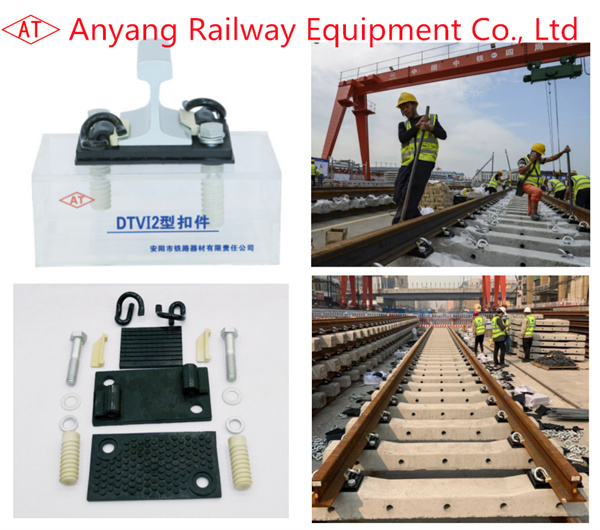What are the features of the longer and thicker rail joint bar?
A rail joint typically is one of the weakest elements of a track superstructure, primarily because of discontinuities in its geometric and mechanical properties and the high-impact loads induced by these discontinuities.
A rail joint typically is one of the weakest elements of a track superstructure, primarily because of discontinuities in its geometric and mechanical properties and the high-impact loads induced by these discontinuities. The development of continuously welded rail has significantly reduced the number of rail joints, but many bolted joints remain installed in rail transit systems. Because of the unique loading environment of a rail transit system (especially high-frequency, high-repetition loads), defects related to bolted rail joints (e.g., joint bar failures, bolt hole cracks, and cracks in the upper fillet) continue to cause service failures and can pose derailment risks. The longer joint bar performed similarly to the standard joint bar but the thicker joint bar reduced rail vertical displacement and rail upper fillet stresses compared with the standard joint bar. However, the thicker joint bar also may generate higher stresses at the rail-end bolt hole. Additionally, joint bar performance was dependent on the rail profile and bolt hole location.

